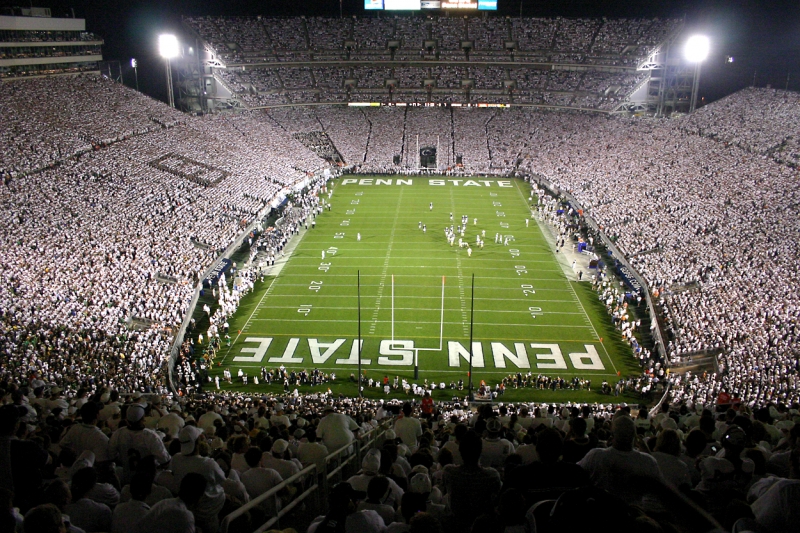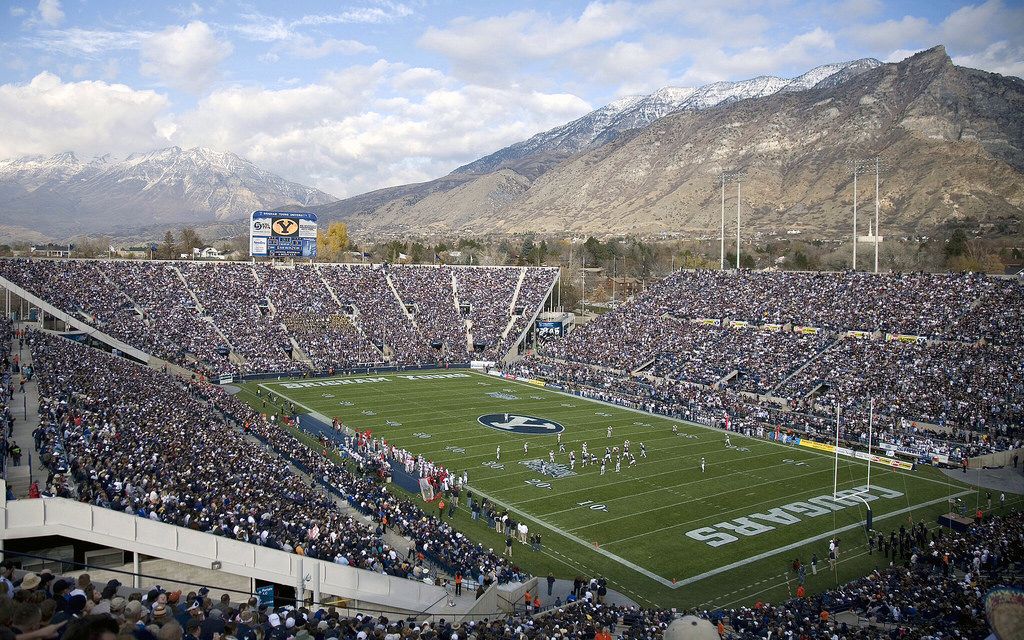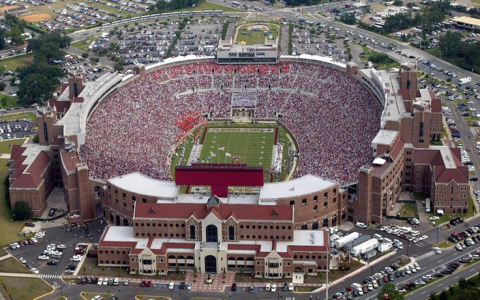Alright, so today I’m gonna walk you through my little project: messing around with data on dome collegiate stadiums in D1 football. It wasn’t exactly a walk in the park, but hey, we got there in the end.

It all started when I was, you know, just browsing and came across some scattered info about college football stadiums with domes. I thought, “Wouldn’t it be cool to have all this info in one place and maybe do something with it?” So, the first step was the most tedious: gathering the data.
I literally just started Googling. I hit up Wikipedia, official college football websites, stadium databases – the whole shebang. I was looking for stuff like stadium names, university names, seating capacity, years the dome was built, and any unique features. It was a lot of copy-pasting into a spreadsheet – trust me, my eyes were glazed over for a solid afternoon.
Once I had a decent amount of data, it was time to clean it up. Man, data cleaning is ALWAYS the worst part. There were inconsistencies everywhere. Some entries had abbreviations, others didn’t. Some listed the capacity with commas, others without. And don’t even get me started on the spelling errors. I used Excel mostly, finding and replacing stuff, standardizing the formats. It wasn’t pretty, but it had to be done.
After cleaning, I wanted to actually do something with the data. So I visualized it. I decided to use Python with Matplotlib. Nothing too fancy, just some bar charts and scatter plots. I wanted to see things like the distribution of stadium capacities and if there was any correlation between the year the dome was built and the size of the stadium. Turns out, not really, but hey, that’s why we look at the data!
Here’s a quick rundown of the code I used for one of the charts:

- First, import the libraries:
import * as pltandimport pandas as pd - Then, load the data from my CSV file:
df = *_csv('d1_dome_*') - After that, create a bar chart of stadium capacities:
*(df['Stadium Name'], df['Seating Capacity']) - And finally, add some labels and titles:
*('Stadium Name'),*('Seating Capacity'),*('Seating Capacity of D1 Dome Stadiums'), and to display the chart.
It was really that straightforward. I tweaked the chart to make it readable, like rotating the stadium names on the x-axis.
Next, I thought about sharing the data. I figured someone else might find it useful. So, I created a simple table using HTML. It’s nothing groundbreaking, but it gets the job done. I just looped through the data in my Python script and generated the HTML tags.
I even tried to make a simple interactive map using Leaflet, a JavaScript library. It was a bit of a learning curve, but I managed to plot the stadium locations on a map with pop-up windows showing basic info. The biggest challenge was finding the latitude and longitude for each stadium – more Googling!
Okay, so the project isn’t exactly groundbreaking, but I learned a few things: Data is messy, data cleaning sucks but is essential, and even simple visualizations can be insightful. Plus, I got some practice with Python, Matplotlib, and a little bit of JavaScript. All in all, a pretty good way to spend a weekend!
One of the things I struggled with was getting the map markers to display correctly. I kept messing up the coordinates, so the markers were showing up in the middle of the ocean! Eventually, after a lot of trial and error (and cursing), I figured it out.









